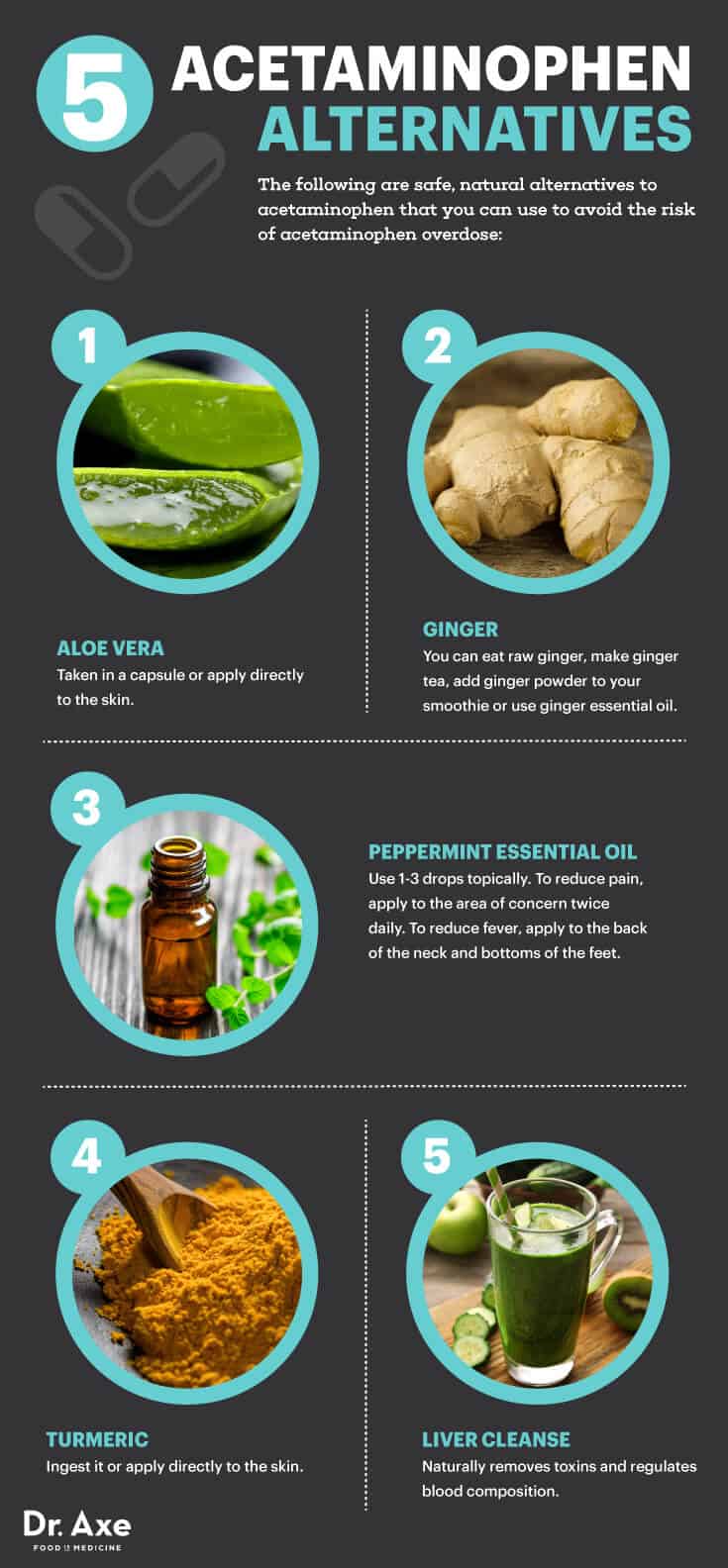

Medical centers that might expect to receive large numbers of patients in a single incident should stock larger amounts of antidotes or have an effective and efficient drug sharing/transfer procedure in place to rapidly obtain additional antidotal supplies. Liver uptake of N-acetyl-D-cysteine was reflected in organ concentrations 7-fold higher than noted for the L-isomer.Antidote Chart PDF Download Antidote Chartįor medical centers choosing to stock antidotes, the suggested stocking level is based on the dose needed to treat a single 100 kg patient for 8 hours and for 24 hours. The L-isomer also increased urinary excretion of glutathione-derived acetaminophen metabolites whereas the D-isomer increased only acetaminophen sulfate excretion and reversed the customary predominance of acetaminophen cysteine over the mercapturic acid conjugate. N-acetyl-L-cysteine succeeded in decreasing these measures of acetaminophen hepatotoxicity while driving liver glutathione concentrations 2-3 fold above control values. Oral coadministration of N-acetyl-D-cysteine (1200 mg/kg), however, failed in preventing the elevation of serum alanine aminotransferase activity, in decreasing hepatocellular necrosis, in interdicting covalent binding of the toxic metabolite to hepatocellular proteins and in preventing the depletion of liver glutathione caused by 500 mg/kg of acetaminophen.

This led us to compare the conventional L-isomer of the antidote to its nonphysiologic stereoisomer, N-acetyl-D-cysteine, because the latter should be capable of reducing the toxic metabolite but not of stimulating glutathione biosynthesis. Elevated glutathione may be responsible for inhibiting covalent binding but above-normal concentrations have never been demonstrated in vivo after N-acetyl-L-cysteine treatment or separated adequately from other possible hepatoprotective actions including direct reduction of the toxic acetaminophen metabolite by the antidote. The revelation that many covalent binding estimates are falsely low due to flawed normalization discloses that protection by N-acetyl-L-cysteine against acetaminophen hepatotoxicity is accompanied routinely by a 50 to 80% decline in arylation.


 0 kommentar(er)
0 kommentar(er)
